Discover Top 10 Tourist Places in Ayodhya: A Traveler’s Guide
Welcome, fellow travelers, to the ancient city of Ayodhya, a place steeped in history, spirituality, and profound significance. As we embark on this journey through Ayodhya, also known as Saketpuri. We will explore the Top 10 Tourist Places in Ayodhya that make this city a cherished destination for pilgrims and history enthusiasts alike.
Here is the list of Top 10 Tourist Places in Ayodhya
1. Ram Janmabhoomi – Where History Meets Faith:
Our first stop is the iconic Ram Janmabhoomi, a place where history, mythology, and faith converge. According to Hindu tradition, this hallowed ground marks the birthplace of Lord Rama, the seventh avatar of Lord Vishnu. The magnificent Ram Temple, set to be a testament to architectural grandeur, was initiated in August 2020 by Prime Minister Narendra Modi. This site has a storied past, with the Babri Masjid once standing here, and it witnessed significant historical events that continue to resonate today.
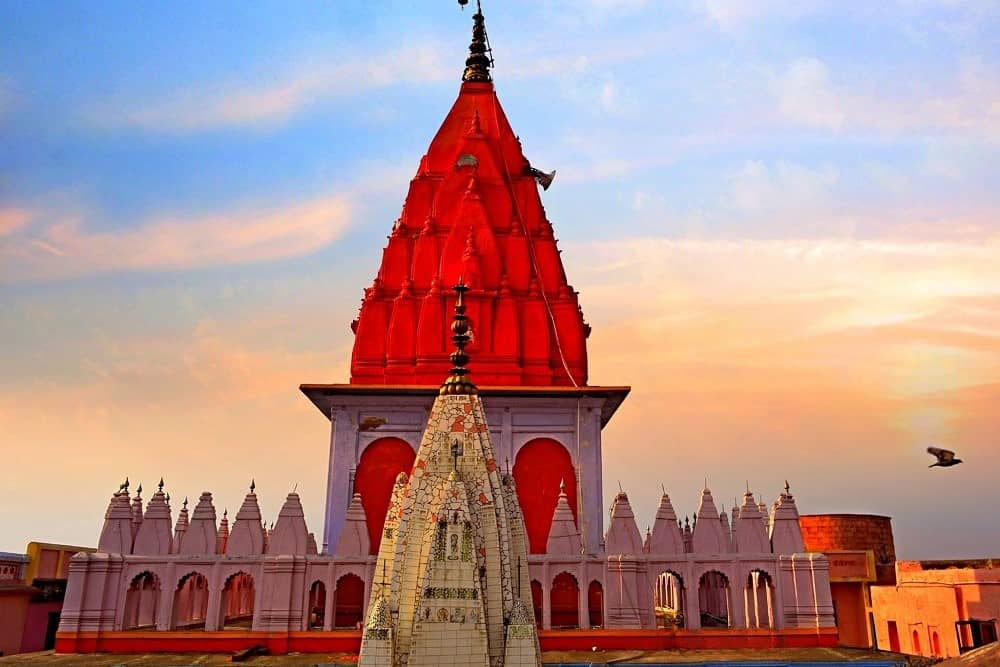
2. Hanuman Garhi – Guardian of Ayodhya:
Next, we visit Hanuman Garhi, a temple dedicated to Lord Hanuman, the embodiment of unwavering devotion and loyalty. This temple, perched atop a hill, boasts a mesmerizing 76-staircase route leading to its entrance. Devotees believe that Lord Hanuman still resides here, guarding Ayodhya. The panoramic view from this temple is a sight to behold, offering a glimpse of the city’s beauty.

3. Kanak Bhavan – A Palace of Gold:
Top 10 Tourist Places in Ayodhya journey takes us to Kanak Bhavan, also known as Sone-ka-Ghar. This temple, nestled in Tulsi Nagar near Ram Janmabhoomi, is dedicated to Lord Rama and Goddess Sita. Its sanctum sanctorum houses three golden-crowned idols under a silver dome, symbolizing the Palace of Gold. This temple was gifted by Queen Kaikeyi to commemorate the marriage of Lord Rama and Sita.
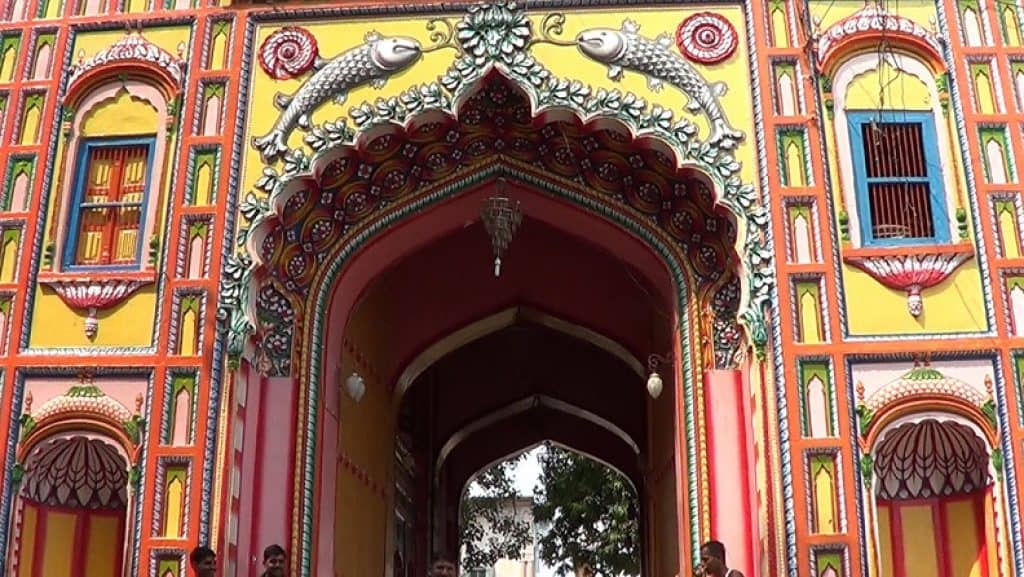
4. Nageshwar Nath Temple – A Testament to Time:
Next, we explore the Nageshwar Nath Temple, dedicated to Lord Nageshwarnath. This temple is believed to have been established by Kush, the son of Lord Rama, and holds significance during the festivals of Mahashivaratri and Trayodashi. Its history dates back to 750 AD, making it a timeless relic of Ayodhya’s rich heritage.
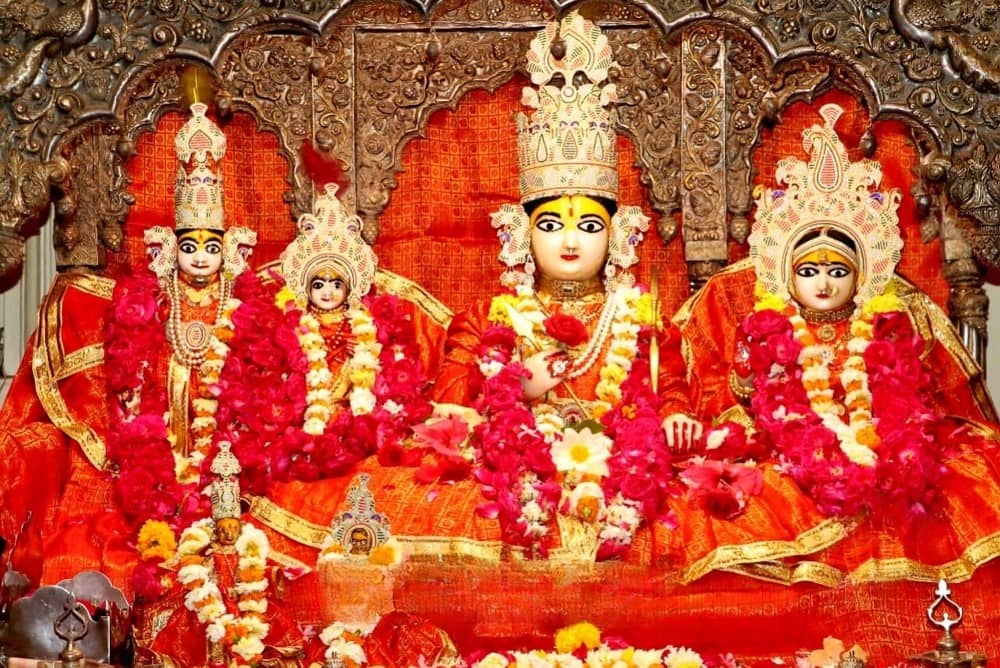
5. Treta Ke Thakur – Where Legends Live On:
Our journey continues to Treta Ke Thakur, a temple housing idols of Lord Rama, Sita, Lakshman, Hanuman, Bharat, and Sugreev. This temple, believed to stand on the same ground as Lord Rama’s Ashwamedha Yagna, offers a glimpse into the ancient past. Its limited public access, only on special occasions, adds an air of exclusivity to the visit.
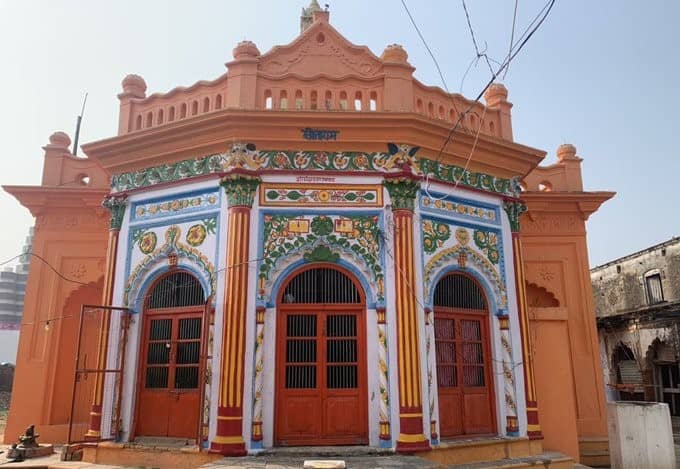
6. Sita Ki Rasoi – A Divine Kitchen:
Our exploration of the Top 10 Tourist Places in Ayodhya, leads us to Sita Ki Rasoi, a temple near Ram Janmabhoomi. This sacred site, believed to be an ancient kitchen used by Goddess Sita, is now a temple housing exhibit vessels. It is an ode to Sita, the Goddess of Food, and offers free meals to visitors. The temple continues the tradition of nourishing souls, both spiritually and physically.
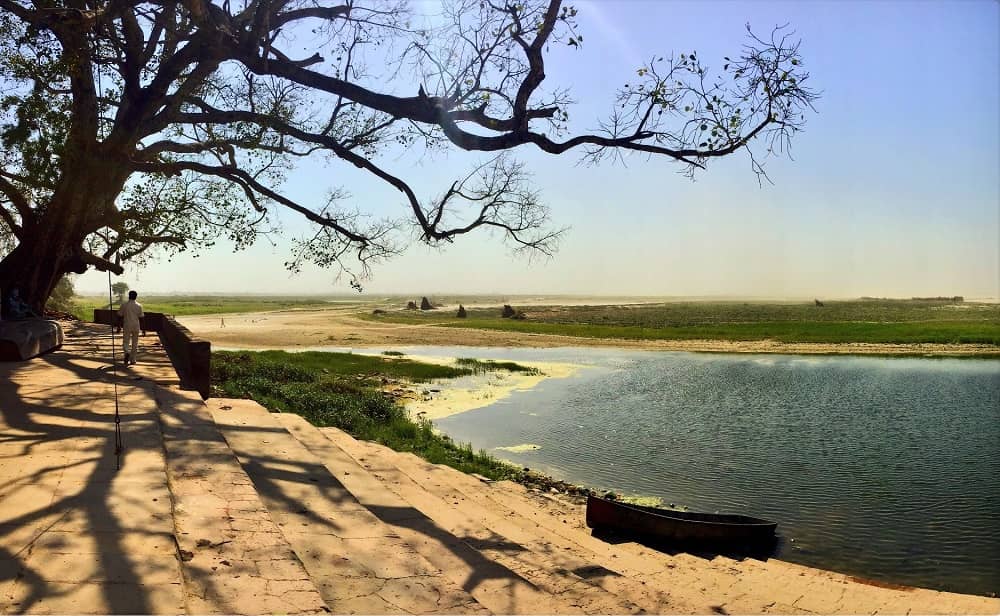
7. Tulsi Smarak Bhawan
We visit Tulsi Smarak Bhawan, a tribute to Goswami Tulsidas, the revered saint-poet of the 16th century. This smarak, located on the eastern end of the National Highway, is where Tulsidas is said to have composed the Ramcharita. It houses a vast library and a research center dedicated to Ayodhya’s literary and cultural heritage.
8. Raja Mandir
Our journey takes us to Raja Mandir, situated on the banks of the Sarayu River. This temple showcases exquisitely sculpted idols of Hindu deities and exemplifies Hindu architectural brilliance. Once linked with Lord Rama, it now stands as a testament to religious devotion and artistic craftsmanship.
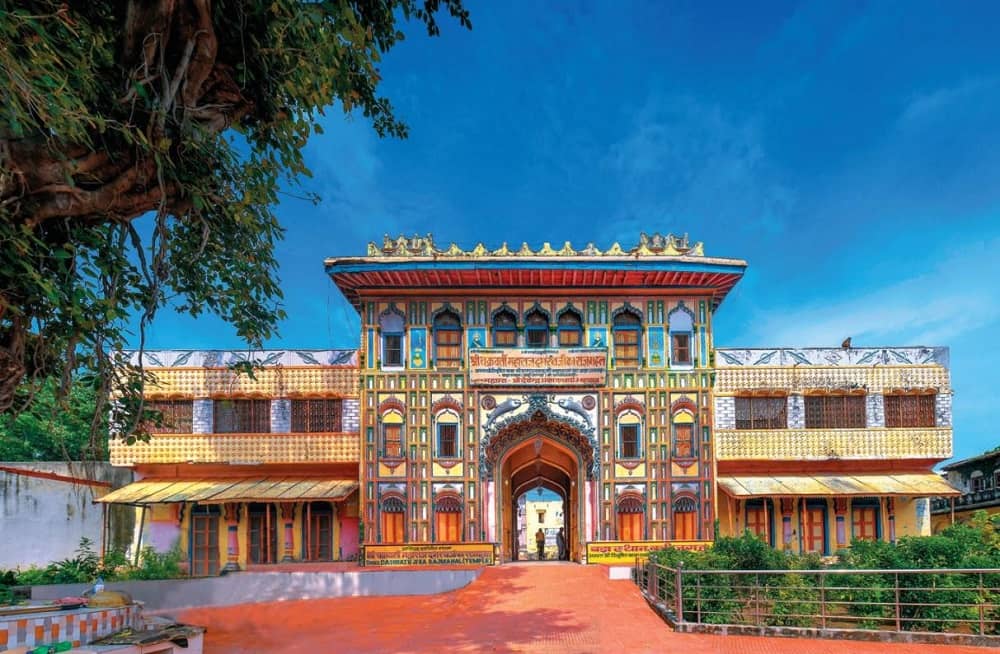
9. Dashrath Bhavan – A Glimpse into Royalty:
We explore Dashrath Bhavan, the ancient house of King Dashrath, father of Lord Rama. This palace, open to the public on weekends and holidays, is a place of historical significance. It allows visitors to step into the past and immerse themselves in the legacy of Lord Rama and his family.

10. Guptar Ghat – A Sacred Riverside Retreat:
Our final stop is Guptar Ghat, nestled on the banks of the Saryu River. This is very place where Lord Rama took his last bath before leaving this world. The ghat boasts a range of temples, including the Sita-Ram temple, Chakra Hari Vishnu Temple, and others. A dip in the Saryu River means cleansing the soul.
Conclusion
As our journey through Ayodhya comes to an end, we’ve witnessed the seamless blend of history, spirituality, and culture that makes this city a unique destination. Ayodhya invites travelers to connect with its rich heritage and experience the timeless tales of Lord Rama and his epic journey. Come, immerse yourself in the Top 10 Tourist Places in Ayodhya, and carry back cherished memories of this spiritual and historical haven.
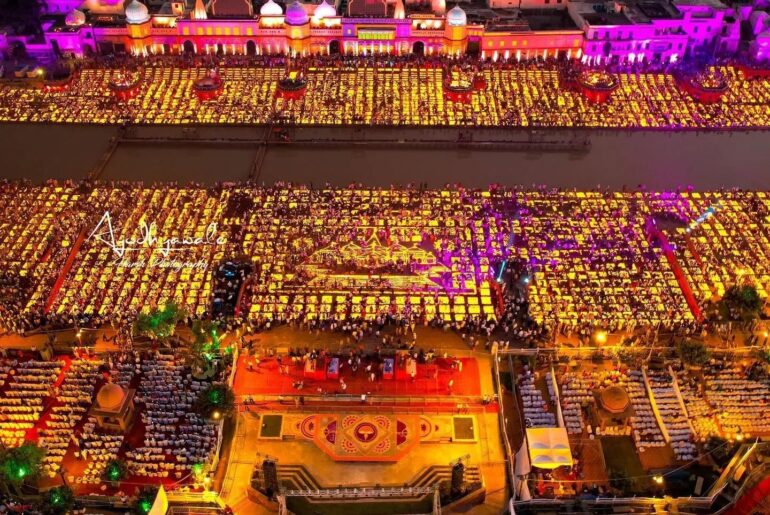


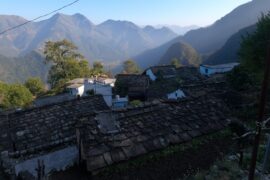
Comments are closed.